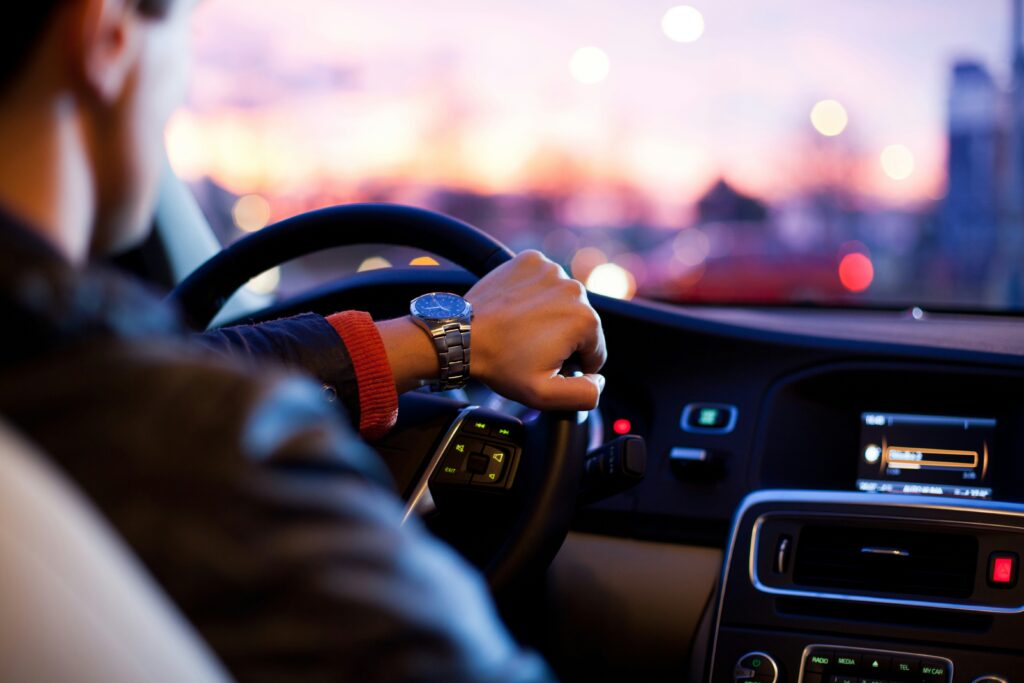
Driving under the influence of alcohol is a serious issue that poses significant risks to motorists and pedestrians alike. While the dangers are widely acknowledged, the specific effects of alcohol on driving abilities are often less understood. In this article, we will explain how alcohol impairs different aspects of driving, why it’s important to be aware of these effects, and some surprising statistics involving alcohol-related accidents.
The Science of Alcohol and the Brain
Alcohol is a depressant that affects the central nervous system, including the brain. When consumed, it alters brain function by influencing neurotransmitters, the chemicals that relay messages between neurons. One of the most affected neurotransmitters is gamma-aminobutyric acid (GABA), which slows down brain activity, leading to a relaxed and sometimes lethargic state. Meanwhile, alcohol decreases the activity of glutamate, a neurotransmitter associated with excitatory functions. This dual action explains why alcohol consumption leads to decreased reaction times and impaired cognitive function.
Impairment of Motor Skills
One of the most immediate effects of alcohol on driving is the impairment of motor skills. Hand-eye coordination, essential for tasks such as steering, braking, and accelerating, deteriorates as blood alcohol concentration (BAC) increases. This impairment is particularly dangerous because it affects the ability to execute multiple motor functions simultaneously, a critical requirement for safe driving. Even at a BAC level as low as 0.02%, drivers exhibit a noticeable decrease in motor abilities.
Reduced Reaction Time
Alcohol consumption significantly slows down reaction times. The brain takes longer to process information and send the necessary signals to the muscles. In real-world driving scenarios, delayed reactions can mean the difference between avoiding an accident and becoming a part of one. The National Highway Traffic Safety Administration (NHTSA) reports that drivers with a BAC of 0.08% are four times more likely to crash than sober drivers. In some jurisdictions, consulting a Tempe DUI lawyer can provide more insights into the legal implications of impaired driving.
Visual Impairment
Another critical aspect of driving affected by alcohol is vision. Alcohol disrupts the eye’s ability to move and focus, leading to blurred or double vision. Additionally, it reduces the brain’s ability to process peripheral vision, making it harder to detect obstacles and other vehicles. This is particularly concerning at night when good vision is paramount for safe driving. In extreme cases, the combination of reduced reaction time and impaired vision creates a hazard that can be likened to driving with significant physical impairment.
Poor Judgment and Decision-Making
Alcohol impairs the brain’s decision-making abilities. It diminishes the capacity to make rational choices and assess risks accurately. Drivers under the influence are more likely to take excessive risks such as speeding, running red lights, and not wearing seat belts. This altered judgment is a significant factor in the high incidence of alcohol-related accidents. Poor decision-making not only endangers the intoxicated driver but also other road users.
Mood and Behavioral Changes
Alcohol consumption can lead to mood swings, including increased aggression or overconfidence. An intoxicated driver may become more reckless or engage in confrontational behavior with other drivers. Overconfidence, combined with impaired skills, creates a dangerous mix that can lead to aggressive driving behaviors like tailgating, weaving through traffic, and taking unnecessary risks.
Alcohol-Related Accident Statistics
Statistics paint a stark picture of the dangers of drunk driving. According to the Centers for Disease Control and Prevention (CDC), about one in three traffic deaths in the United States involves a drunk driver. Every day, 29 people in the U.S. die in motor vehicle crashes that involve an alcohol-impaired driver. These statistics highlight the widespread and severe impact of alcohol on road safety.
The Role of Law Enforcement
Law enforcement plays a crucial role in mitigating the risks associated with drunk driving. Police officers use various methods such as breathalyzers, field sobriety tests, and checkpoints to identify and apprehend impaired drivers. Strict enforcement of DUI laws and the implementation of sobriety checkpoints have proven effective in reducing the incidence of alcohol-related accidents. Community awareness programs and partnerships between law enforcement and local organizations also contribute to safer roads by educating the public about the dangers of driving under the influence.
Technological Advances in Detection
Recent technological advances have enhanced the ability to detect and prevent drunk driving. For example, ignition interlock devices require a driver to pass a breathalyzer test before starting the vehicle. These devices are increasingly mandated for individuals convicted of DUI offenses. Additionally, new car models are being equipped with advanced driver assistance systems (ADAS) that can detect erratic driving patterns indicative of impairment and alert the driver or take corrective actions. These innovations represent a significant step forward in combating drunk driving and improving road safety.
Public Health Campaigns
Public health campaigns are essential in raising awareness about the dangers of drunk driving. Organizations such as Mothers Against Drunk Driving (MADD) and governmental agencies conduct widespread campaigns to educate the public, especially young drivers, about the risks associated with alcohol consumption and driving. These campaigns often include impactful advertising, community events, and collaborations with schools and businesses. By fostering a culture of responsibility and vigilance, public health campaigns aim to reduce the prevalence of impaired driving and promote safer behavior on the roads.
Conclusion
Understanding the effects of alcohol on driving is crucial for promoting safer roads and reducing the number of alcohol-related accidents. From impairing motor skills to slowing reaction times and distorting vision, the influence of alcohol on a driver’s abilities is profound and dangerous. By recognizing these effects, we can better appreciate the importance of responsible drinking and the meticulous measures needed to deter impaired driving. Stay informed, stay safe, and always be aware of the perils that come with mixing alcohol and driving.
